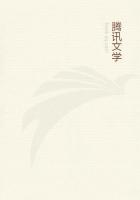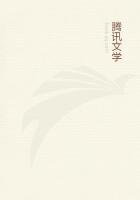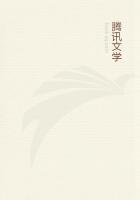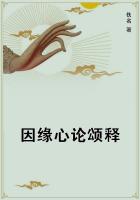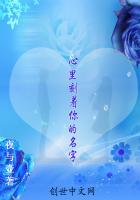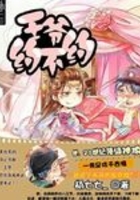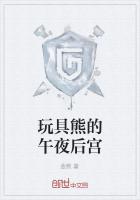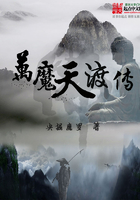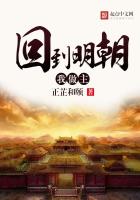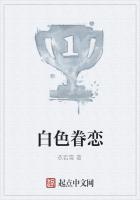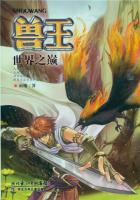Of animals some are uni-coloured (I mean by this term those of which the kind as a whole has one colour, as all lions are tawny;and this condition exists also in birds, fish, and the other classes of animals alike); others though many-coloured are yet whole-coloured (I mean those whose body as a whole has the same colour, as a bull is white as a whole or dark as a whole); others are vari-coloured.
This last term is used in both ways; sometimes the whole kind is vari-coloured, as leopards and peacocks, and some fish, e.g.the so-called 'thrattai'; sometimes the kind as a whole is not so, but such individuals are found in it, as with cattle and goats and, among birds, pigeons; the same applies also to other kinds of birds.
The whole-coloured change much more than the uniformly coloured, both into the simple colour of another individual of the same kind (as dark changing into white and vice versa) and into both colours mingled.This is because it is a natural characteristic of the kind as a whole not to have one colour only, the kind being easily moved in both directions so that the colours both change more into one another and are more varied.The opposite holds with the uniformly coloured; they do not change except by an affection of the colour, and that rarely; but still they do so change, for before now white individuals have been observed among partridges, ravens, sparrows, and bears.This happens when the course of development is perverted, for what is small is easily spoilt and easily moved, and what is developing is small, the beginning of all such things being on a small scale.
Change is especially found in those animals of which by nature the individual is whole-coloured but the kind many-coloured.This is owing to the water which they drink, for hot waters make the hair white, cold makes it dark, an effect found also in plants.The reason is that the hot have more air than water in them, and the air shining through causes whiteness, as also in froth.As, then, skins which are white by reason of some affection differ from those white by nature, so also in the hair the whiteness due to disease or age differs from that due to nature in that the cause is different; the latter are whitened by the natural heat, the former by the external heat.Whiteness is caused in all things by the vaporous air imprisoned in them.Hence also in all animals not uniformly coloured all the part under the belly is whiter.For practically all white animals are both hotter and better flavoured for the same reason; the concoction of their nutriment makes them well-flavoured, and heat causes the concoction.The same cause holds for those animals which are uniformly-coloured, but either dark or white; heat and cold are the causes of the nature of the skin and hair, each of the parts having its own special heat.
The tongue also varies in colour in the simply coloured as compared with the vari-coloured animals, and again in the simply coloured which differ from one another, as white and dark.The reason is that assigned before, that the skins of the vari-coloured are vari-coloured, and the skins of the white-haired and dark-haired are white and dark in each case.Now we must conceive of the tongue as one of the external parts, not taking into account the fact that it is covered by the mouth but looking on it as we do on the hand or foot;thus since the skin of the vari-coloured animals is not uniformly coloured, this is the cause of the skin on the tongue being also vari-coloured.
Some birds and some wild quadrupeds change their colour according to the seasons of the year.The reason is that, as men change according to their age, so the same thing happens to them according to the season; for this makes a greater difference to them than the change of age.
The more omnivorous animals are more vari-coloured to speak generally, and this is what might be expected; thus bees are more uniformly coloured than hornets and wasps.For if the food is responsible for the change we should expect varied food to increase the variety in the movements which cause the development and so in the residual matter of the food, from which come into being hairs and feathers and skins.
So much for colours and hairs.

